Continuing on with our highlights from the quickly fading year, we wanted to discuss all of the unique livestock that made their first appearance in 2010. The most recognizable on this year’s list of amazing animals has got to be the Lightning Maroon Clown. It’s essentially one of the rarest fish in captivity. The stunning Gramma dejongi also made the list. It’s not quite as rare as the PNG Lightning clown, but given the fact that it’s basically from Cuba, it might as well be. ORA had a huge year with the release of their captive-bred mandarins, as well as several other fish and corals that we drooled over for the past 12 months. The list is obviously not going to hit every super rare or expensive fish in the hobby, but these are a few we found to be interesting and we hope you do too.
Lightning Maroon Clownfish
The most unique fish that was revealed to the aquarium world this year is undoubtedly the Lightning Maroon Clownfish. This unique Premnas biaculeatus is only one of two known specimen to ever be seen anywhere, and comes from Papua New Guinea. It features an extremely unique pattern that resembles, of course, lightning. The fish was brought in by Blue Zoo Aquatics and eventually sold to renowned fish breeder Matt Pedersen, with the obvious intention of making Lightning-patterned offspring.
Continue reading below for the Gramma dejongi, a white Yellow Tang, and a whole bunch of livestock ORA released during 2010.
Gramma dejongi
Another spectacular find for the aquarium hobby was the Gramma dejongi. This Cuban endemic fish was imported by De Jong Marinelife, from which the fish receives its name, located in the Netherlands. Physically, the G. dejongi is very similar in appearance to the Royal Gramma (G. loreto), but this new Gramma species is almost entirely yellow, having only a hint of purple. This particular basslet is not available in the United States, further adding to not only its rarity and price, but also the interest it draws from US-based aquarium hobbyists.
White Zebrasoma flavescens
This yellow tang isn’t your ordinary tang. It isn’t even yellow for one. Instead, something unknown has caused this fish to gradually become entirely white. It had been repeatedly spotted on a small stretch of reef, with the white coloration starting out as a small patch. The patch grew over several years according to people who frequented the reef that it also like to stay near. Obviously this is not albinism, as albinos don’t gradually lose color over time like this fish has. Instead, many people actually think this is a genetic mutation or even a disease.
All of ORA’s Goodies
Oceans Reefs and Aquariums, otherwise known as ORA, had a very busy 2010. They released about 10 new fish and corals onto the aquarium market, including the extremely popular ORA Mandarins. The aquacultured mandarins were actually two different species of fish, the Blue Mandarin (Synchiropus splendidus) and the Spotted Mandarin (S. picturatus). They readily accepted prepared foods, allowing hobbyists to not only keep these fish long term, but also allowing them to thrive.
A few other ORA releases include an All Black Ocellaris Clownfish, a Red Goniopora, a new Acropora solitaryensis, the Blue Cespitularia, a crazy looking Black Ice Semi-Snowflake Clownfish, a Black Saddleback Clownfish, and their beautiful Purple Stylophora. Each of these fish or corals is aquacultured in the ORA facilities and reduce the impact our hobby puts on wild reefs.
I realize this list might be lacking a few interesting critters, and we didn’t intend on excluding any particular fish or coral. This is just a collection of a few of the things we found to be notable throughout the year. I hope 2011 will yield as many, well hopefully more, amazing fish and corals.


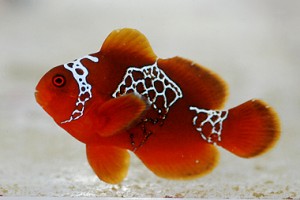
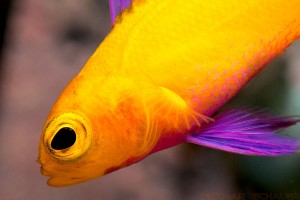
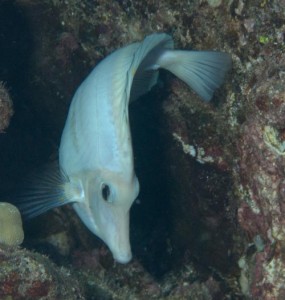
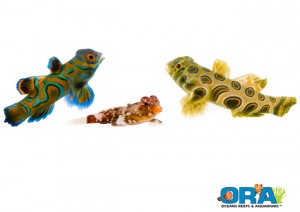
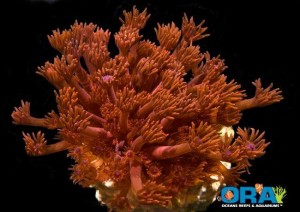
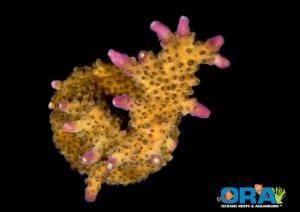
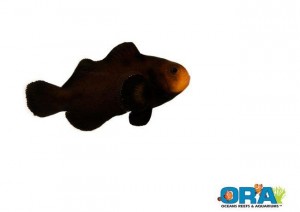
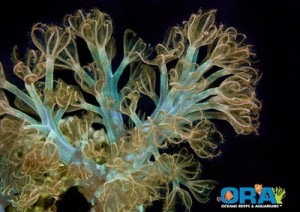
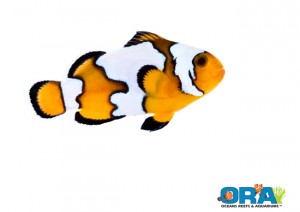
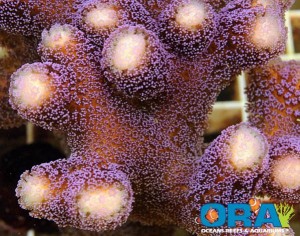
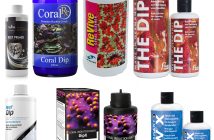
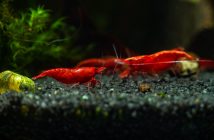
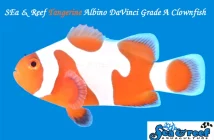

Pingback: Looking Back at 2010, the Good and the Bad | AquaNerd()